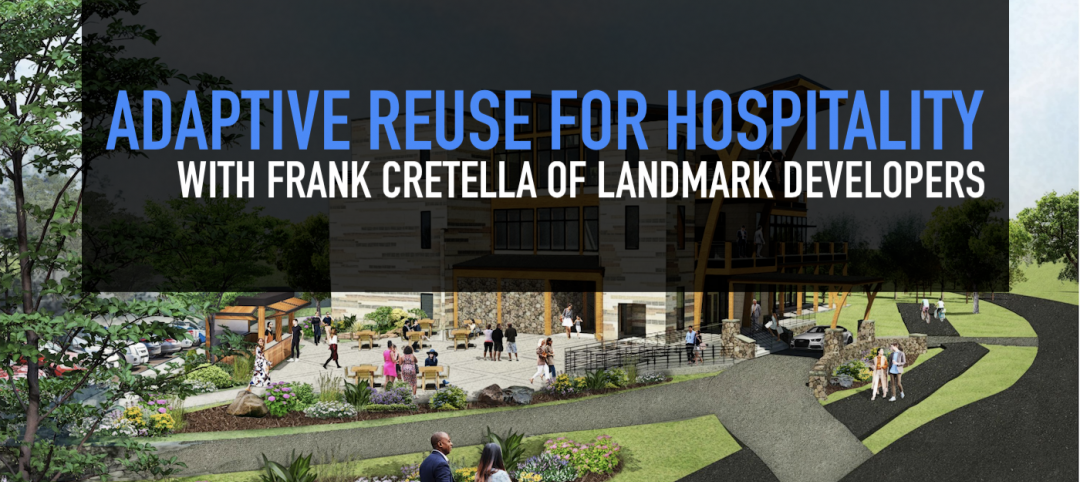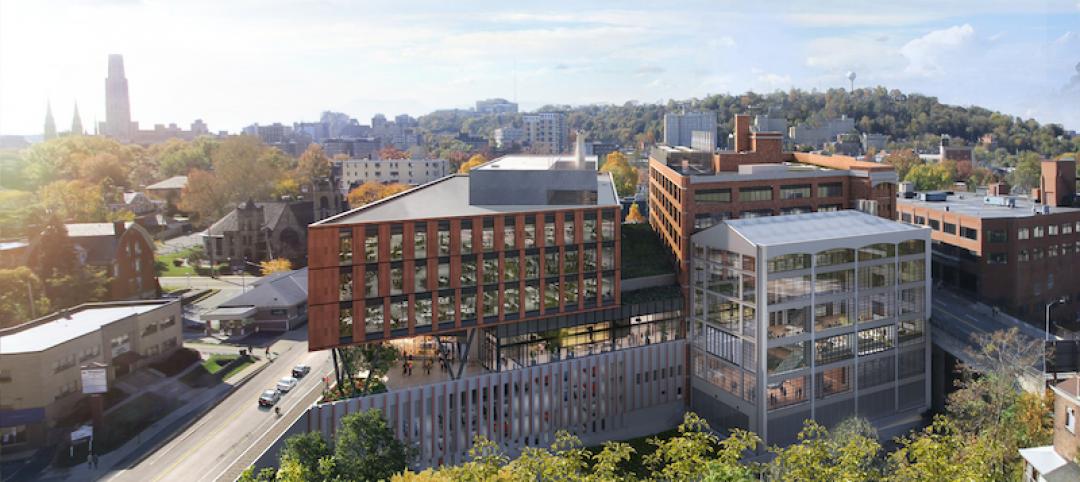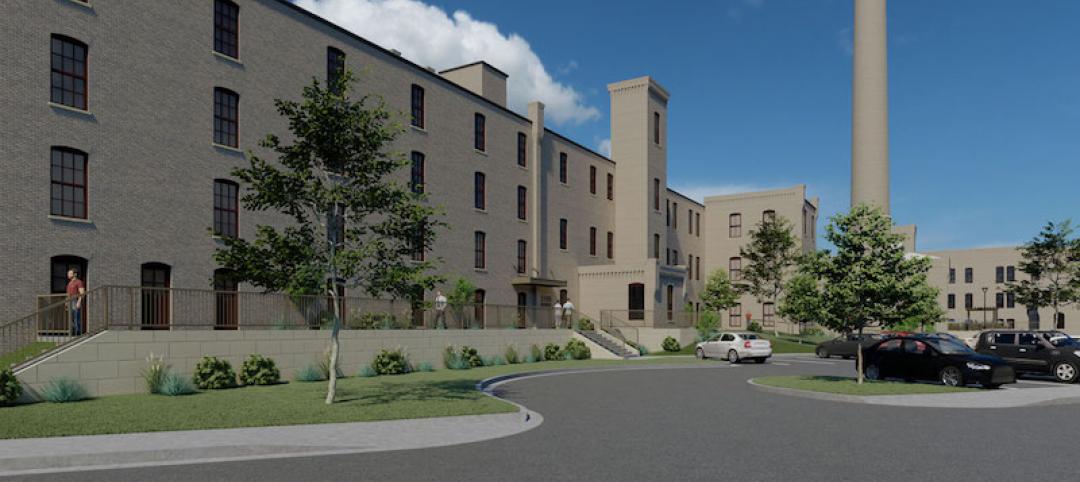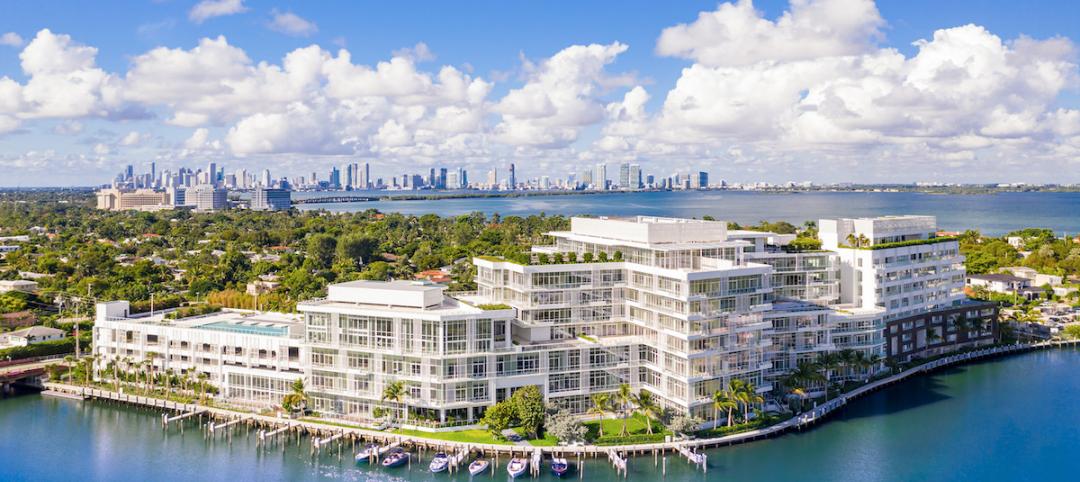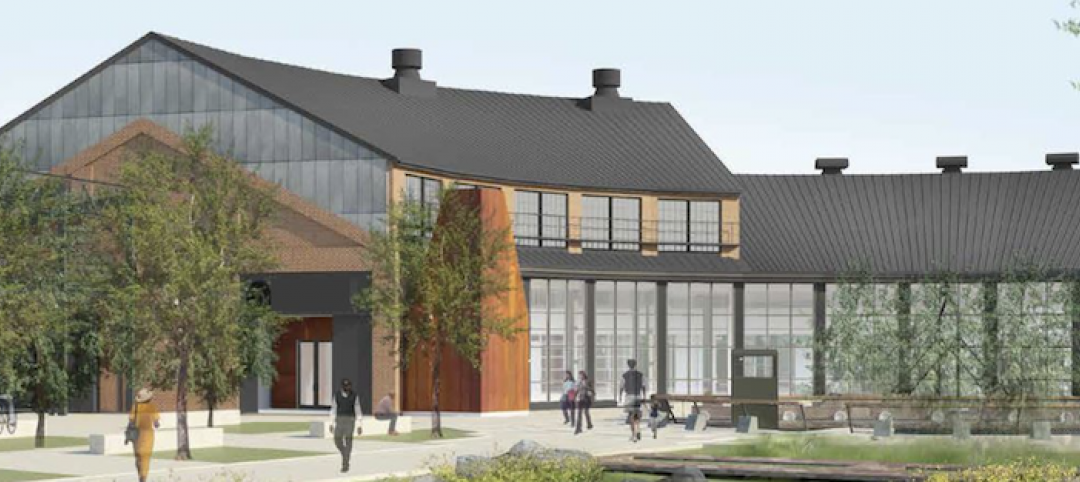In 2020, a record number of cruise ships were decommissioned, sold, or sent to a scrapyard. Due to the sudden freeze in the cruise industry, major cruise corporations reduced their fleet numbers. On top of that, the International Marine Organization changed its emission regulations and required all vessels to reduce their sulfur oxide emissions by 77 percent (IMO). This regulation mandated engines to undergo costly renovations of millions of dollars. With lower passenger capacities, this upgrade was not feasible for many ships.
The rapid increase in cruise ship decommissioning during the last 18 months has created a unique opportunity to innovate and adapt these large ships. By repurposing decommissioned cruise ships for housing in existing port areas, cruise ships could offer an alternative mode of coastal living. This housing alternative can be brought to life by utilizing the overwhelming number of decommissioned ships as a primary housing structure, using semi-permanent docking in existing port areas, and in turn, potentially creating affordable housing.
LOOKING INTO THE FUTURE
There are several ways we can explore docked residential cruise ships. As an example, ships can share ports or periodically move locations instead of having one designated port for the vessel. This idea builds on the increase of remote work that boomed in 2020 due to the COVID-19 pandemic and could attract residents who are not tied to a particular location. As many companies are transitioning to fully remote options for work, this way of living could be attractive to the digital nomad. Another possibility would be allowing residents to sign short-term leases at monthly intervals to reduce the commitment required for those traveling, migratory, or hesitant about a long-term contractual obligation.
While the idea of recycling and repurposing cruise ships may seem outlandish, these ships have the opportunity to bring more affordable housing to the masses while also keeping the ship itself alive. To test this idea, CallisonRTKL conducted an online survey of 362 adults in Miami-Dade County, (Qualtrics) to investigate perceptions from potential residents of this new living concept. The findings strongly supported the proof-of-concept, with respondents expressing (88 percent "yes" or "maybe") interest in living on a repurposed cruise ship. Those expressing the greatest interest are 41-50 years of age, earning at least $100,000 per year, who are single or single with children, and willing to pay $849 (mean) and $4,000 (max) per month.

A NEW ERA FOR DECOMMISSIONED CRUISE SHIPS
There are many considerations architects, designers, and city planners will need to take into account when creating these spaces. A permanently docked residential cruise ship requires infrastructure for fueling, waste management, power, sewer, and other provisions. Large vessel docking and crucial concrete piles necessary for docking add additional costs to the concept. A hurricane evacuation plan is also required for a residential ship and would need to be communicated to future residents before occupation. Potential hurricane damage must be accounted for when planning robust operational systems and investments.
Smaller cruise ships are more suitable for permanent docking as they require less space and dredging. Smaller ships function at a scale similar to a high-rise apartment complex, are less intrusive to the urban planning of a city, and are less likely to block views from land to sea. In terms of location, a docked residential cruise ship is most conveniently located in a body of water that is both deep and passive from wave activity, such as up-river. For example, the Hudson River, where ships are permanently moored, could serve as a great body of water for a docked residential cruise ship.
NEXT STEPS
The above statistics highlight that there is a market for transforming cruise ships into affordable housing. However, it is important to understand the cost implications behind cruise ship repurposing, including costs associated with building new pier infrastructures to be used for decommissioned cruise ships. Additionally, cost estimates must be made for city and federal planning approvals, engineering and design, and interior renovations. Beyond cost, site investigations need to take place to analyze the environmental impacts and reporting of these decommissioned cruise ships. While still in the early stages, it is an exciting idea for decommissioned cruise ships to transform into naturally occurring affordable housing, and the potential for these decommissioned ships is promising.
Related Stories
Adaptive Reuse | Aug 25, 2021
The first net-zero hotel in the U.S. is nearing completion in Connecticut
Solar arrays will provide the electricity for the Hotel Marcel, whose name recalls the building’s original designer.
Adaptive Reuse | Aug 13, 2021
Developers are repositioning vacant space as charter schools
Transwestern is working with the National Alliance of Public Charter Schools to provide a turnkey solution.
Hotel Facilities | Jun 18, 2021
Adaptive reuse for hospitality, with Frank Cretella of Landmark Developers
In an exclusive interview for HorizonTV, Landmark Developers' President Frank Cretella talks about the firm's adaptive reuse projects for the hospitality sector. Cretella outlines his company's keys to success in hospitality development, including finding unique properties and creating memorable spaces.
Adaptive Reuse | Jun 2, 2021
An old Ford factory in Pittsburgh is being adapted to become a biomedical research facility
This is the latest step in the city’s post-industrial resurgence.
Adaptive Reuse | Apr 15, 2021
The Weekly Show, Apr 15, 2021: The ins and outs of adaptive reuse, and sensors for real-time construction monitoring
This week on The Weekly show, BD+C editors speak with AEC industry leaders from PBDW Architects and Wohlsen Construction about what makes adaptive reuse projects successful, and sensors for real-time monitoring of concrete construction.
Adaptive Reuse | Feb 24, 2021
Adaptive reuse project brings co-living space to Los Angeles’s Hancock Park
Lorcan O’Herlihy Architects is designing the project.
Adaptive Reuse | Feb 14, 2021
Three adaptive reuse projects will add housing in Wisconsin
Historic tax credits helped pave the way, but preservation required creative solutions.
Multifamily Housing | Jan 20, 2021
Abandoned Miami hospital gets third life as waterfront condo development
The 1920s King Cole Hotel becomes the Ritz-Carlton Residences Miami in the largest residential adaptive reuse project in South Florida.
Adaptive Reuse | Dec 17, 2020
A train engine repair building is turned into an innovation center that’s part of a massive riverfront redevelopment in Pittsburgh
The adaptive reuse of the Roundhouse is the latest step forward for Hazelwood Green.
Adaptive Reuse | Oct 26, 2020
Mall property redevelopments could result in dramatic property value drops
Retail conversions to fulfillment centers, apartments, schools, or medical offices could cut values 60% to 90%.






